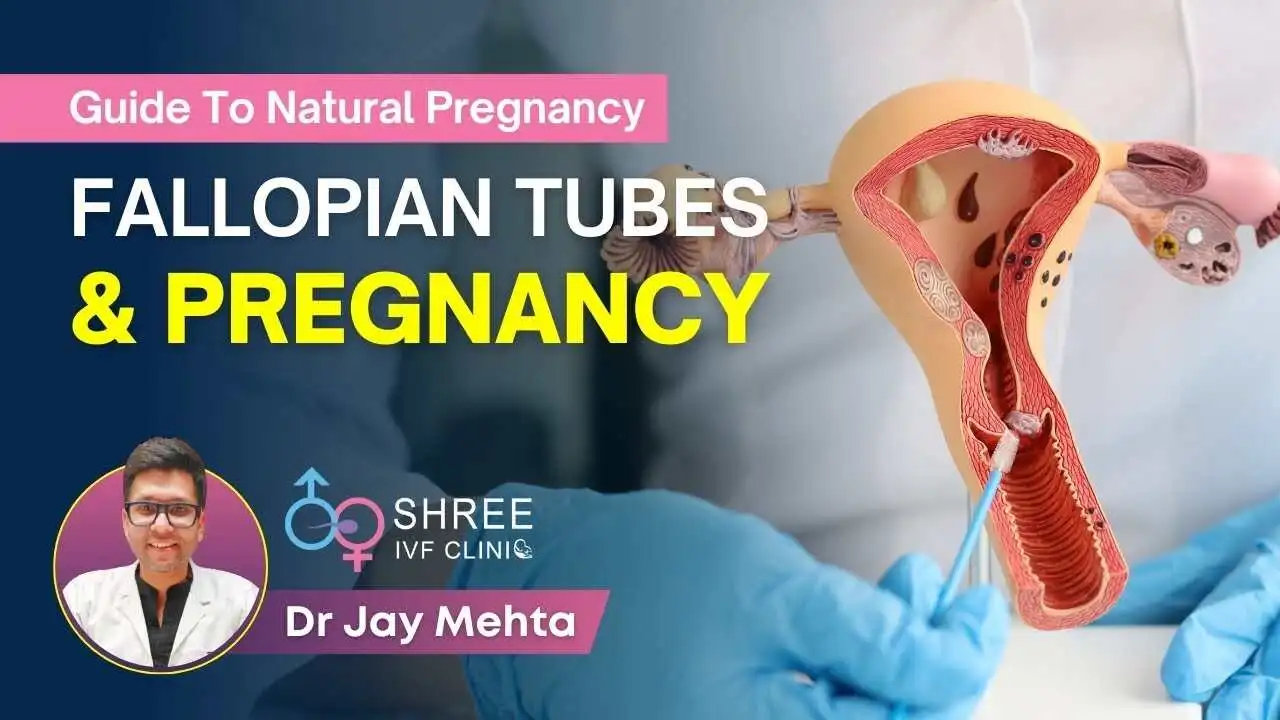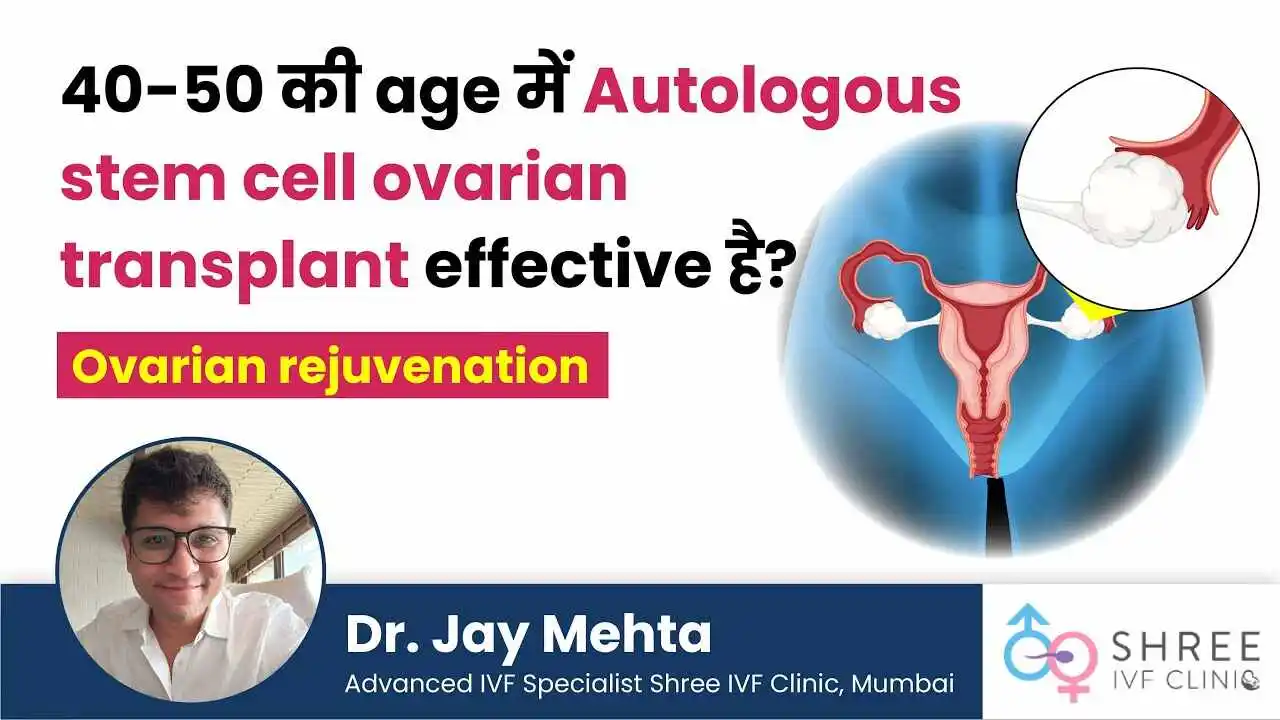Is There a Twin Pregnancy in IVF?
UPDATED ON 20 DEC. 2024
Many people wonder if IVF (In Vitro Fertilization) increases the likelihood of twin pregnancies. Patients come in excited and hopeful, asking, “Will I definitely have twins if I undergo IVF?” It’s a common question.
So what’s the answer to this question? Well, that’s exactly the question that this blog answers! So let’s get started.
AUTHOR

Dr Jay Mehta
Scientific Director & IVF Specialist with 10+ years of experience
TREATMENT
GET IN TOUCH ON
What Does IVF Involve?
IVF, or In Vitro Fertilization, refers to a set of techniques under Assisted Reproductive Technology (ART). The process begins in a laboratory, where an egg from the female partner and sperm from the male partner are combined outside the body to create an embryo. Once the embryo forms, it is transferred into the woman’s uterus. If it implants successfully, pregnancy begins.
Patients often hear about IVF but wonder how it leads to pregnancy. IVF allows doctors to create a controlled environment for fertilization. This technology has provided a path to parenthood for many couples struggling with infertility, and each step aims to increase the chances of a successful pregnancy.
Does IVF Guarantee Twins?
No, IVF does not guarantee twins. Patients often assume that because doctors transfer more than one embryo, they will have twins or even triplets. The truth is, even with multiple embryos, only one may implant, or sometimes none at all. Pregnancy outcomes vary based on the quality of the embryos and other individual factors.
During IVF, doctors give patients the option to transfer either a single embryo or multiple embryos. Many patients feel that transferring two embryos increases their chances of success. However, even if two embryos are transferred, there is no guarantee that both will implant.
Research shows that even with double embryo transfers, the probability of twin pregnancies is approximately 35%. This means that out of 100 cases where two embryos are transferred, only about 35 patients may experience twin pregnancies.
Why Don’t All Transferred Embryos Implant?
Embryo implantation involves many complex biological factors. Despite careful monitoring, some embryos do not implant due to factors that doctors cannot fully control or predict. Even with modern technology, IVF remains a delicate process where only the best-quality embryos survive and implant.
Doctors select high-quality embryos based on their growth and development. They usually aim to grow the embryo to a stage called “blastocyst” before transfer, which increases the chances of implantation. However, even well-developed embryos sometimes arrest or stop growing. Various biological reasons exist for this arrest, many of which remain unknown.
Can Patients Choose How Many Embryos to Transfer?
Yes, IVF clinics offer patients a choice between single or double embryo transfer. This decision depends on the patient’s medical history, fertility goals, and personal preferences. Many patients prefer a single embryo transfer to avoid the potential risks associated with twin pregnancies, while others opt for a double transfer to maximize their chances of pregnancy.
Doctors respect each patient’s decision but also advise on the safest approach based on individual health factors. Many patients say, “Doctor, please do what you think is best. I just want a successful pregnancy.” In such cases, the doctor may recommend transferring two embryos to increase success rates. However, even with two embryos, there is no guarantee of twins.
Why Don’t All Double Embryo Transfers Result in Twins?
When two embryos are transferred, there are three possible outcomes: both embryos implant, only one implant, or neither implant.
If both embryos are implanted, the patient will likely have twins. However, if only one embryo implants, the result is a single pregnancy. In some cases, neither embryo implants, leading to an unsuccessful cycle.
Patients may wonder, “What happens to the other embryo if only one implants?” The second embryo may naturally arrest or be absorbed by the body. There is no fixed timeline for this process; it can occur without any noticeable signs. Medical staff monitor each patient’s progress closely to ensure the best possible care and outcomes.
What Are the Risks of Twin Pregnancies Compared to Single Pregnancies?
Twin pregnancies carry a higher risk than single pregnancies. The uterus naturally accommodates one fetus, so carrying two babies can lead to complications. Twin pregnancies have a higher likelihood of preterm delivery, meaning the babies may arrive before the full 40 weeks of gestation.
In single pregnancies, doctors aim for the baby’s birth weight to be around three kilograms, considered ideal for a healthy newborn. However, in twin pregnancies, each baby often weighs around two kilograms or less. While two babies totaling four kilograms may sound ideal, twin newborns sometimes require extra care due to their lower birth weights.
How Can Patients Decide Between Single and Double Embryo Transfers?
The decision between single and double embryo transfers depends on a variety of factors, including the patient’s age, health status, and personal preferences. Some patients prefer to avoid the potential risks of twin pregnancies and choose single embryo transfers. If you discuss this choice with your doctor and feel that a single embryo transfer aligns with your needs, this option may reduce the risk of multiple pregnancies.
IVF clinics also support single embryo transfers with advanced techniques, ensuring that patients who prefer this method have access to safe and effective treatment. Patients concerned about twin pregnancies should communicate this to their doctor, who can guide them through each available option.
Can Twin Embryos Result in a Single Pregnancy?
Yes, even when doctors transfer two embryos, the result may be a single pregnancy.
Sometimes one embryo implants, while the other does not, resulting in a single fetus. This outcome surprises many patients who expected twins based on the number of embryos transferred. The non-implanting embryo is either absorbed by the body or naturally discarded.
Medical research shows that approximately 65% of cases involving double embryo transfers result in single pregnancies. This statistic means that even if doctors transfer two embryos, the likelihood of twins is less than half. Patients must consider these probabilities when deciding on their treatment approach.

4,790+
379K+
Why Do Some Patients Expect Twins with IVF?
Many patients associate IVF with twins due to media portrayals or stories from other patients. However, each IVF case is unique. While some patients do experience twin pregnancies, IVF does not automatically increase the likelihood of twins. Fertility treatments have advanced, allowing doctors to tailor each approach to the patient’s specific situation, reducing the likelihood of unintentional twin pregnancies.
Patients should remember that twin pregnancies come with additional risks. While some couples may desire twins, the health and safety of the mother and babies remain the top priority. Discuss any preferences or concerns with your doctor, who will work to create the best treatment plan for you.
How Does the Doctor Decide on the Number of Embryos to Transfer?
Doctors base their decision on factors such as the patient’s age, embryo quality, and medical history. Younger patients or those with high-quality embryos often require only a single embryo transfer. For patients with lower-quality embryos or previous unsuccessful cycles, double embryo transfer may offer a better chance of pregnancy.
In some situations, doctors may recommend double embryo transfer to maximize success, especially if the patient feels anxious about achieving pregnancy on the first attempt. However, this recommendation comes with thorough discussion, ensuring the patient understands the risks and probabilities.
What Should Patients Remember About IVF and Twin Pregnancies?
Patients should enter IVF with realistic expectations. IVF does not guarantee twins, and the treatment outcome depends on multiple factors, including embryo quality and patient health. Even with double embryo transfers, the chance of twin pregnancies remains around 35%.
Discuss all your questions with our team or Dr. Jay Mehta, who will guide you through each option. Do not hesitate to reach out to our experts. We are always here to help.
AUTHOR
Dr Jay Mehta
Scientific Director & IVF Specialist with 10+ years of experience
TREATMENT
CONDITION
CALL US 24/7 FOR ANY HELP
GET IN TOUCH ON
Share Article on
Recommended Reading
Best Sex Position to Get Pregnant Naturally
Best positions to get pregnant—try missionary or using pillows under your hips. Small changes can boost your chances of conceiving
Importance of the Fallopian Tubes in Fertility
Blocked fallopian tubes can prevent natural pregnancy. Understand their role and explore solutions for boosting your fertility
Ovarian Stem Cell Transplant (Age 40-50): Does It Work?
Stem cell ovarian transplant may help restore fertility and hormone levels in women 40-50, but its effectiveness remains under clinical research




